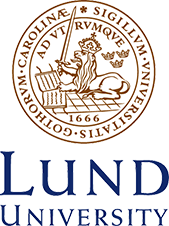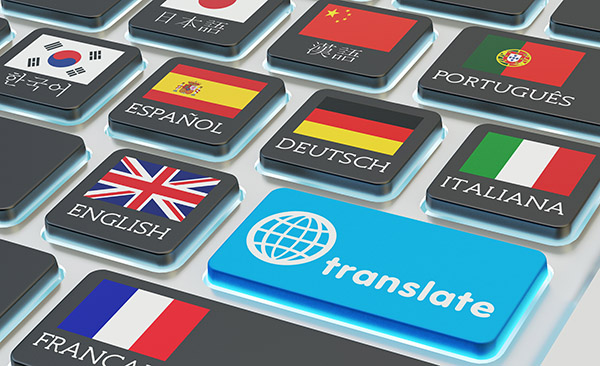Language – hardly a no-brainer!
Fighter pilots and interpreters are some of the most valuable assets of the Swedish Armed Forces. But rather than the physical exertion that fighter pilots go through, the acid test for prospective interpreters is in foreign languages. According to research from Lund University, this type of intensive language learning makes the brain grow.
Research has already shown that intensive studies make the hippocampus – which serves as a junction point between the different parts of the brain – grow. However, neuropsychologist Johan Mårtensson became interested in seeing how language learning in particular affects the brain.
“We thought that if any group is able to change their hippocampus through language learning, it would be the prospective interpreters within the Armed Forces, as they undergo intensive language learning of 350–400 words a week.”
The students were taken by bus from their study location in Uppsala to Umeå University where Johan Mårtensson, Martin Lövdén and their research colleagues had access to a powerful MRI scanner at UFBI (Umeå center for Functional Brain Imaging). The focus of Johan Mårtensson’s investigation was to find out whether the effort essentially changed the brain or if the brain was re-modelled after the students learned something new. The research indicated both.
As a control group, the researchers had access to medical and cognition students at Umeå University. Although their studies were also intensive and demanding, they were not language studies. The overall intelligence among the prospective interpreters was not higher than that of the control group, but they were distinguished by their exceptional talent for languages.
The results from the MRI scanner showed that the language students’ brains developed in some parts, while there was no change in the brains of the control group.
“The right hippocampus changed as well as the areas on the left side of the brain, in the brain cortex.”Johan Mårtensson compares the smoot shape of a rat brain to the human brain which looks like a crumpled up piece of paper, allowing us to fit as much cortex as possible, where our most advanced higher functions can be found. In several language areas, the thickness of the cerebral cortex increased among the student interpreters compared to the control group.
“The right hippocampus changed as well as the areas on the left side of the brain, in the brain cortex.”
However, there were also differences among the student. The differences in growth depended on whether the student found it difficult or easy to learn a new language, such as Dali, Russian or Arabic.
“In students who found it easier to acquire a new foreign language, the growth of the hippocampus was greater, that is, the part of the brain that helps with associative learning on which this language programme was largely based.”
However, in students who had difficulty completing the programme, the researchers saw greater development in areas where the motor skills are located, rather than in the hippocampus.
“It surprised me a lot”, says Johan Mårtensson. “But, in order to learn a language from the outset, you have to have the right kind of motor skills which help you to pronounce correctly and articulate. The biggest changes in the motor cortex were found in the struggling students.”
But how does a brain connect meaning to words? Johan Mårtensson and his research colleagues are in the starting blocks for an investigation on the issue among children.
“My colleagues at Clinical Sciences in Lund and I are interested in how the brain changes when language-impaired pupils receive help to reach the performance level of their classmates.”
The researchers will use an educational tool called GraphoGame. It was developed by a university in Finland and has been used extensively, with good results, all over the world. This digital game teaches children letter sounds as building blocks to help them learn to read and write. And the game works globally – those who are struggling with reading and writing comprehension are motivated to use GraphoGame to catch up.
“How does the brain structure differ in this diversified group from children who do not find it difficult to read and write?”, wonders Johan Mårtensson. “As I expect GraphoGame to work, I will have a group of language-impaired children who I anticipate will close in on their classmates by using the game.”
Johan Mårtensson assumes that the students compensate by developing their own strategies for learning. But what happens to the brain’s organisation? How is the brain restructured when students stimulate their brains in order to learn language? With the help of MRI scanners and staff at the Lund University Bioimaging Centre, Johan Mårtensson hopes to find answers to these questions.
Close to 20% of all children in Sweden have trouble reading and writing – a disability in our knowledge society that can limit the child throughout their life, in both their studies and professional life.
“Not being sufficiently able to read and write has serious consequences”, says Johan Mårtensson. “If it’s possible, with simple means, to intervene and, at the same time, learn more about this diverse group, I believe we can contribute something significant to society.”
Text: Bodil Malmström






